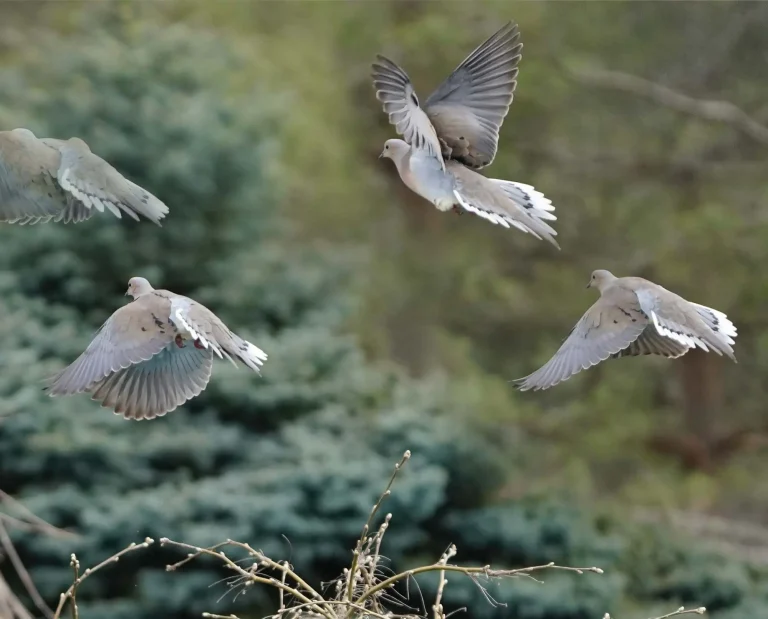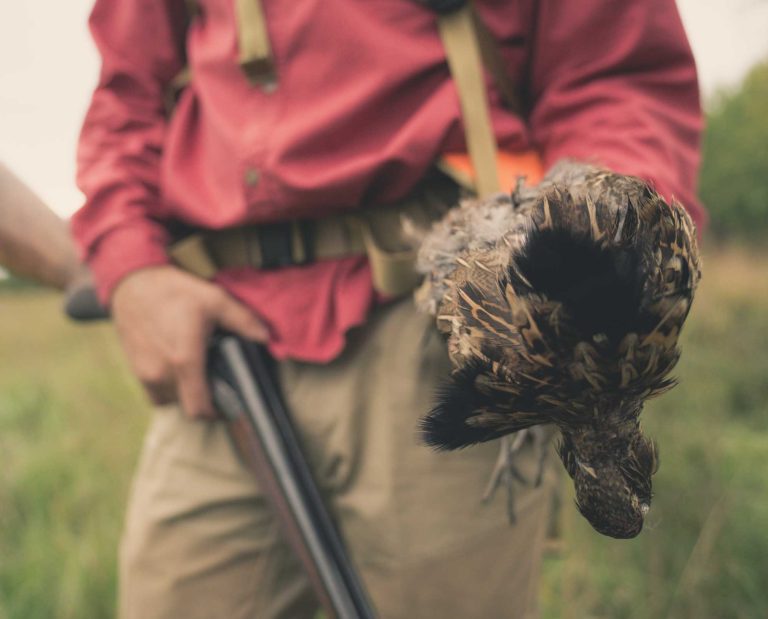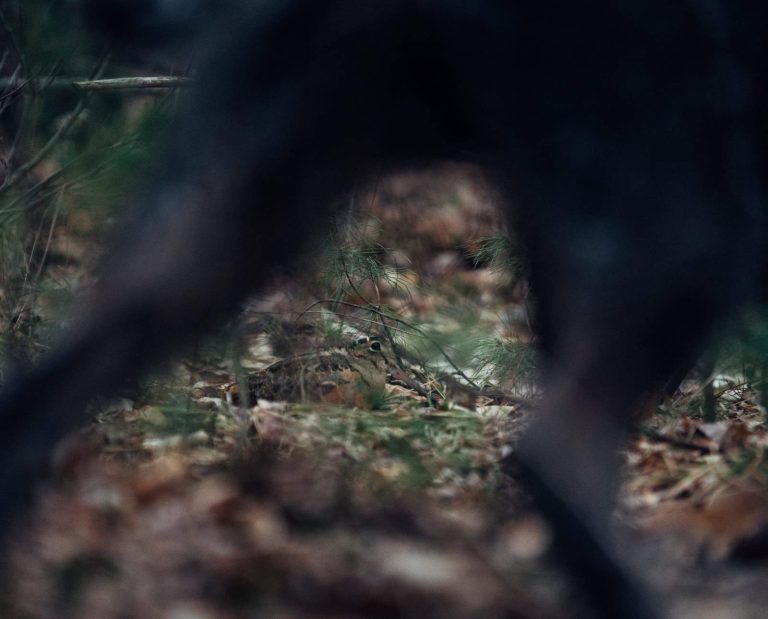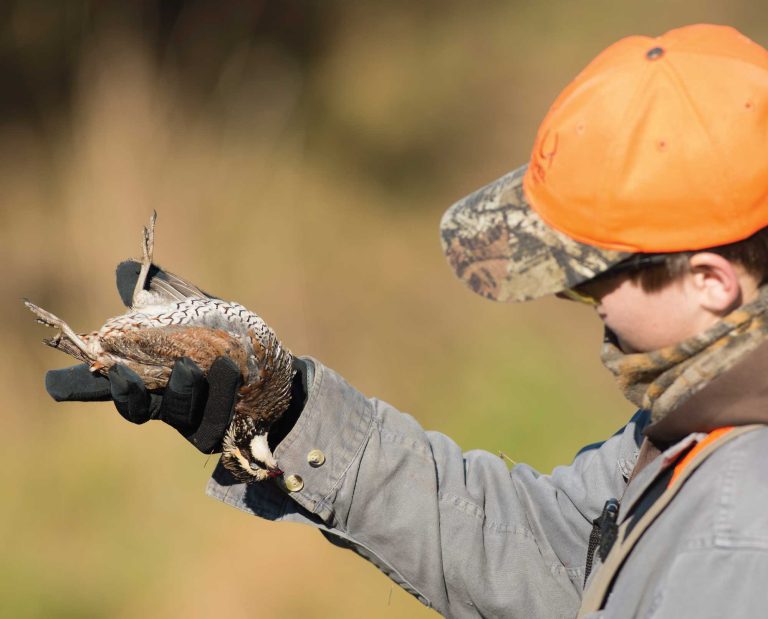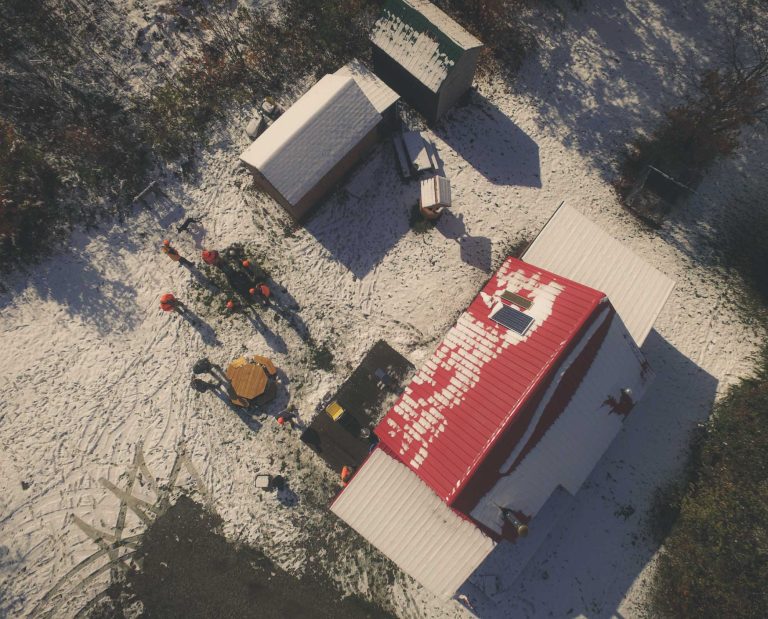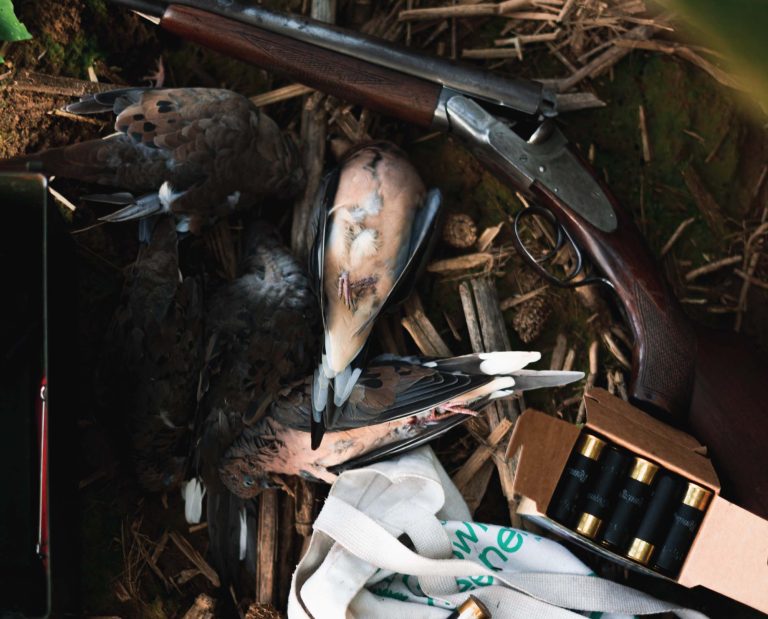American Crow – A Game Bird Species Profile
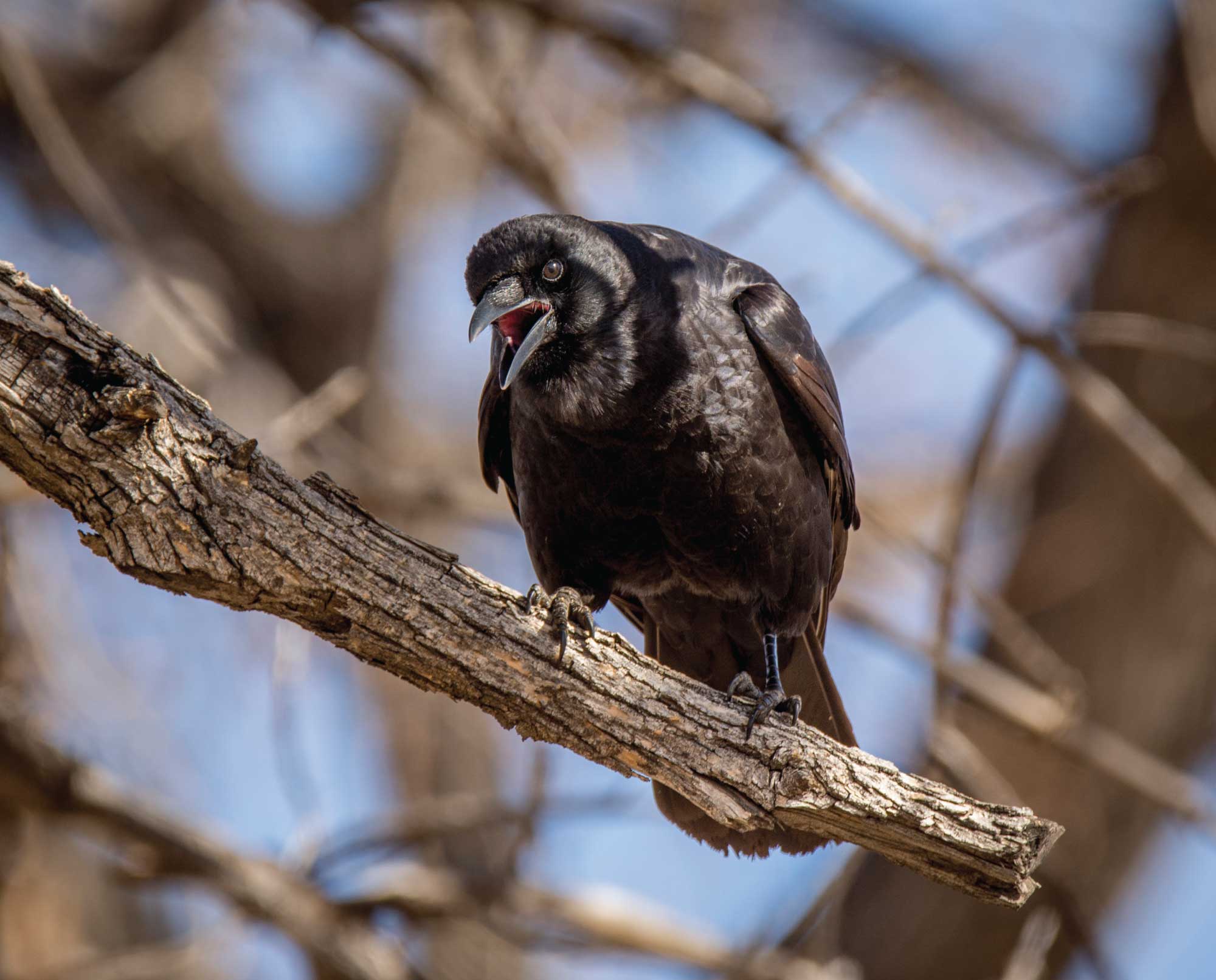
The American crow is a highly intelligent and adaptable bird found across much of North America.
Ready for an unusual one? The American crow (Corvus brachyrhyncos) is not a species that usually comes to mind when you think about bird hunting. At least for most people. To many of us, the crow is an omnipresent bird that’s usually associated with scavenging garbage. Hardly table fare when compared to many upland game birds, right? Or maybe that’s not the case when thinking of the classic “Blackbird” pie. But this highly intelligent animal has a lot more to it than that. Here are a few things you might not know about this interesting bird.
Description and life history of the American crow
The American crow is roughly the size of a ruffed grouse, weighing about one to two pounds on average. There is very little physical difference between males and females. Overall, they have black feathers from top to bottom, and their large pointed bills and legs are usually black or dark gray. Crows have stocky bodies, round heads, thick necks, rounded wings and square-shaped tails. They have a telltale call – “CAW-CAW-CAW” – that they use often, but crows and ravens are capable of producing a wide range of sounds. Like their cousin, the raven, they are also very smart animals and can find creative solutions to many problems they encounter.
Crows are very social animals and have unusual life cycles. After the chicks hatch, they often stay together in loose family groups for two to three years – they don’t usually start breeding until they are about that old. During courtship displays, males will spread their tails and wings and bow to a female while calling to her. After breeding, the male and female will pick out a nest site, which is usually located in the fork of a tree from 10 to 70 feet off the ground (National Audubon Society 2019). Together, they construct the nest (about 6 to 19 inches across) out of sticks, bark, and mud, and line it with grass, moss, pine needles, animal hair, and feathers (All About Birds 2019). Females will typically lay 3 to 9 bluish green colored eggs and incubate them for about 18 days (NatureServe 2019; National Audubon Society 2019). After hatching, the parents and some of the prior year’s juvenile birds will help feed and protect the young until they can fly at around 4 to 5 weeks. These family groups may shift their range during the winter, and popular winter roost sites may hold tens of thousands of birds.
American crows can survive on a great variety of food items and are very opportunistic. Typically, they feed on the ground, eating almost anything they can find, including seeds, berries, insects, worms, frogs, snakes or mollusks (National Audubon Society 2019). They are common scavengers, quickly locating roadkill and other dead animals to eat; however, they need other animals to open the hide first (All About Birds 2019). Crows will readily prey on other bird eggs, primarily from songbirds and waterfowl species (All About Birds 2019). They will also eat waste grain in crop fields, including corn, soybeans and cereal grains. But if the going gets tough, they can also resort to scavenging garbage at landfills and in urban areas. They truly are a very adaptable bird, which is why they have such a large range. Predators of adult birds primarily include raptors (e.g., owls, hawks, etc.) and humans. However, raccoons are also common and efficient nest predators.
Range and habitat of the American crow
As mentioned above, the American crow is a habitat generalist and can be found across a very large range. They are common year-round just about everywhere in North America, except portions of the southwest desert. They also often breed throughout Canada and make their way south during the winter to the States.
The range of different habitat types that the crow can occur in is exhaustive. From coast to coast and north to south, they can survive just about anywhere. But they do prefer semi-open areas – likely because they tend to feed on the ground – which might include agricultural fields, farmland, woodland clearings and riparian areas. They tend to avoid hot deserts and extremely dense and contiguous coniferous forests (NatureServe 2019).
Conservation issues for the American crow
The American crow is very resilient and occurs throughout most of North America. They are listed as globally secure and of Least Concern by the IUCN Red List (NatureServe 2019). Partners in Flight estimates a global breeding population of about 27 million birds (All About Birds 2019). Despite attempts by farmers to eradicate them throughout the last several decades, crows have managed to persist. They have adapted well to urban areas and can survive in many locations. One potential issue that is proving severe for individual crows, but probably still insignificant for the larger population, is West Nile Virus. Nearly all crows that contract the virus die within a week (All About Birds 2019).
Read: Is Crow Hunting Worth My Time?
Hunting opportunities for the American crow
This is the part that might trip a few of you up. Why would you hunt crows? Do people actually eat them? One common reason that people hunt crows is because they have too many and they are becoming a nuisance. Granted, this usually doesn’t do much to the population because more crows will just move in and take their place – remember, they are very resilient birds. Another reason to try crow hunting is that it is great practice for duck hunts. They behave similarly and will come into decoys and calls just like ducks. Last but not least, many people do in fact eat them. They have dark red breast meat, reminiscent of a duck breast. And by most accounts, they taste pretty good!
Crow hunting regulations vary widely across the country. Some seasons open in mid-summer, some don’t close until mid-winter, and others have several short season windows within that larger time frame. Some states require you to buy a migratory bird stamp, while others only require a small game license to hunt them. The bag limits are generally unlimited in most places. But make sure to study your state’s regulations before you try crow hunting.
The most efficient way to hunt crows is by calling them. You can use mouth calls (maybe even the locator call you use for turkey hunting) or electronic versions, but you will need to be loud to attract as many as possible. Either the “CAW-CAW-CAW” call or the drawn out “CAAAAAWWWWW” call works to attract them. Set up in a woodland opening or in an agricultural field and wear a good set of camouflage clothing – crows are very wary and have great eyesight.
Crow decoys work fairly well to give incoming birds a focal point. Set them up on the ground, in trees and on fence posts – you want it to look realistic. Some people use great-horned owl decoys to hunt crows, which seems counter-intuitive, but triggers a defensive behavior in them. Since owls are common predators, crows will often “mob” predators by ganging up on them and pecking at them. When a group comes in to attack the owl, it’s go time. Since crows can’t bank off quickly like a duck or game bird, your odds of getting them are pretty good. Speaking of shooting, a 12- or 20-gauge shotgun with a modified choke and some shells with No. 6 or 7 shot is all you need to hunt crows. They’re not all that different (size-wise) from grouse, after all.
As mentioned above, shooting crows can be a great form of practice for duck season as it will train you to lead the birds and take the shot. And they are fantastic for training dogs too. So if you’ve never tried them on the dinner table and you’re now intrigued, maybe it’s time you give it a shot.
Sources:
All About Birds. 2019. American Crow. Accessed at: https://www.allaboutbirds.org/guide/American_Crow/lifehistory
National Audubon Society. 2019. Guide to North American Birds. Accessed at: https://www.audubon.org/field-guide/bird/american-crow
NatureServe. 2019. NatureServe Explorer: An online encyclopedia of life. Accessed at http://explorer.natureserve.org



